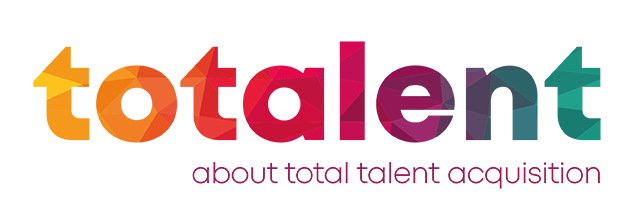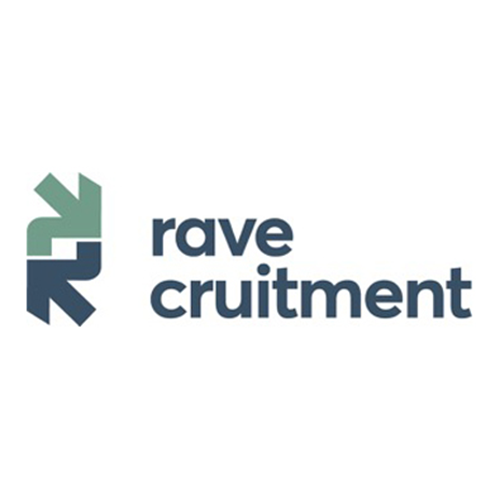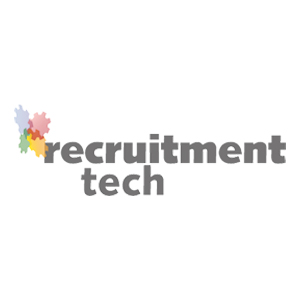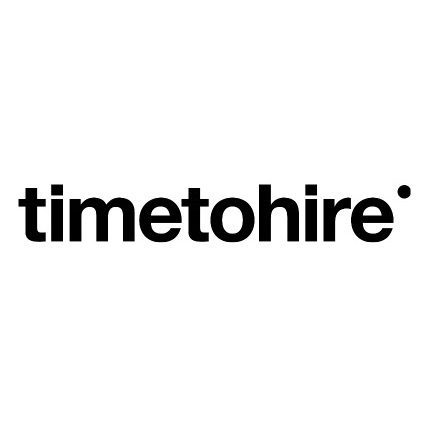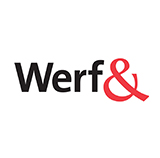
It’s no secret that employees can influence an organization’s reputation and attract new talent. The narrative around a company’s work culture and benefits gains authenticity when shared by its own workforce. In this context, the emergence of LinkedIn as a pivotal platform for engaging with job seekers cannot be overlooked.
Impressively, statistical data from LinkedIn underscores the critical role of a company’s brand image, revealing that a staggering 75% of prospective job applicants assess an employer’s brand even before applying. Furthermore, tapping into LinkedIn for recruitment yields tangible benefits, as individuals hired through this platform exhibit a remarkable 40% lower attrition rate in the crucial first six months of employment.
Leaving job roles for influencer tasks
While the idea of transforming employees into LinkedIn influencers gains traction, there remains hesitation among certain employers. One primary and entirely justifiable reason behind this hesitation is the issue of return on investment. The prospect of diverting employees from their core roles carries the potential to hinder workplace productivity. It is a balancing act between gaining something positive from it and ensuring that it does not interfere with the regular duties.
Moreover, a good number of employees are likely uninterested in engaging with a company’s LinkedIn growth, and if forced, it will be executed without genuine enthusiasm, and yield no discernible results.
Not every employee is caught out to become a talent influencer.
Losing control of employer branding strategy
In addition to the issue of productivity, some talent acquisition leaders might be hesitant because it could mean they won’t have complete control over their planned image of the company. When a larger number of employees take on the role of influencers, there’s a valid apprehension that the content being shared might not always align with the planned employer branding strategy.
However, some employers attempt to keep it under control by creating a uniform image and LinkedIn bio template for all their employees. There’s often a trend where these employees consistently reshare the content originally posted by the company itself.
Passion sells
Although making every employee a LinkedIn influencer might seem like a good idea, the effectiveness of this strategy can fall flat if it’s carried out without genuine enthusiasm or if it feels like an obligation. Genuine excitement is what makes an employer’s brand strategy stand out. The most effective way to convert employees into influencers is to identify those who are sincerely interested in discussing specific topics related to the company’s offerings and then cultivate their ability to do so with genuine passion.
According to Zippia, 57% of job seekers use social media platforms in their search for suitable opportunities.
When employees genuinely care about what they’re sharing, it becomes infectious – resonating far more powerfully with the audience. This authenticity not only reflects positively on the individuals themselves but also amplifies the credibility of the entire employer branding strategy. A “copy & paste” influencing strategy may not produce the right results or any result at all.
For Instance, Tiktok hashtags such as #corporatetiktok, with content creators sharing career insights and videos about their work experiences, have amassed an astounding 3 billion views. At the same time, the hashtag #worktok has approximately 1.4 billion views. If employees are identified and supported in expressing their content, it would likely get shared on other social media platforms. Giant can help identify the top social media specific job seekers use, and employees can be supported in sharing such content there.
An employee talent influencer strategy only works when the company has a great company culture.
Training and employee referral program
Cisco recognized that training is needed before employees can become influencers. This training hones passionate influencers and functions as a preventive strategy against possible catastrophes. Aligning this training with an employee referral program is a better approach to achieving optimum results. As employees embrace their roles as influencers, the incentive-rich employee referral program fuels their motivation to sustain their influencer status while safeguarding productivity.
The allure of bonuses, recognition, and benefits inside the referral program serves as a compelling driving factor, maintaining a flawless balance between employee jobs and their influencer journey.
This article was inspired by The Recruiting Brainfood Podcast
